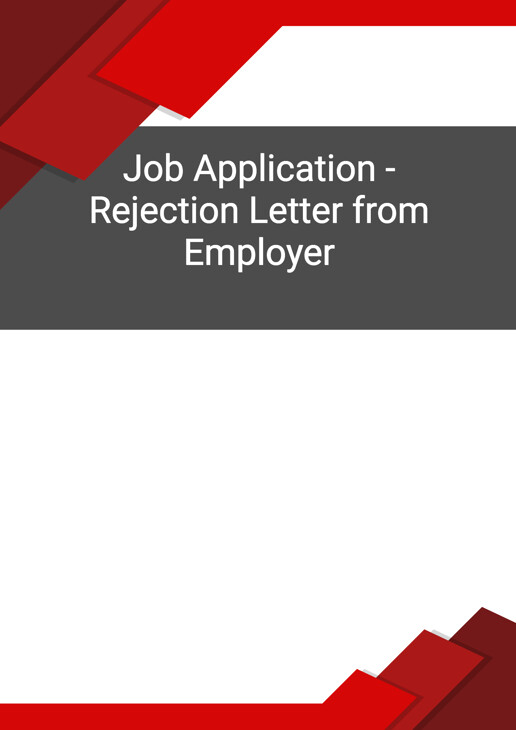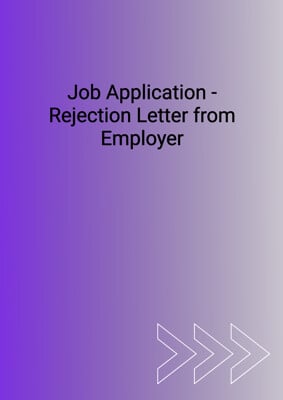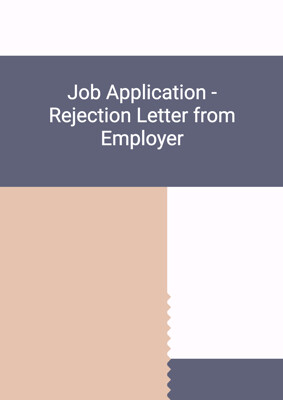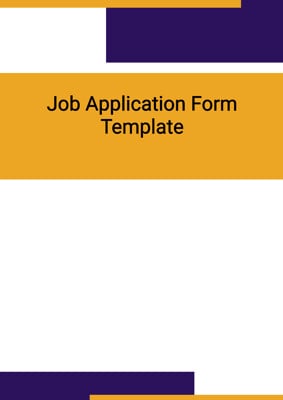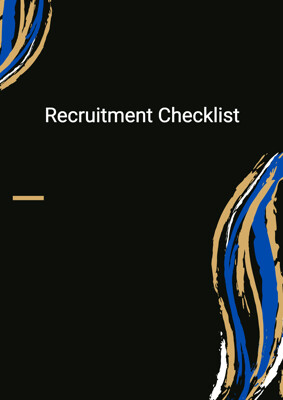How to Tailor the Document for Your Need?
01
Create Document
Click "Create Document" button and the document will be prepared with your account details automatically filled in.
02
Fill Information
Please fill in any additional information by following the step-by-step guide on the left hand side of the preview document and click the "Next" button.
03
Get Document
When you are done, click the "Get Document" button and you can download the document in Word or PDF format.
04
Review Document
Please review the document carefully and make any final modifications to ensure that the details are correct before sending to the addressee.
Document Preview
Document Description
The document titled 'Job Application - Rejection Letter from Employer' is an important communication tool used by employers to inform job applicants that their application for a specific position has been rejected. This document serves multiple purposes, including providing closure to the applicant, maintaining professionalism, and preserving the employer's reputation.
The entire document consists of a formal letter format and is divided into several sections. The first section includes the sender's information, such as the account first name, account last name, and account address. This information is essential for establishing the sender's identity and contact details.
The second section is addressed to the recipient, using their first and last name, along with their address. This section ensures that the recipient is clearly identified and that the letter is personalized.
The third section is the introduction, which starts with the phrase 'Re: job application dated date.' This introduction acknowledges the applicant's effort in attending an interview and expresses gratitude for their time and patience throughout the application process.
The fourth section is the main body of the letter, where the employer conveys the rejection message. It emphasizes that the applicant's qualifications were thoroughly reviewed and that another candidate, whose experience and career goals were more compatible with the job requirements, was selected. This section aims to provide closure to the applicant while maintaining a respectful and professional tone.
The fifth section expresses the employer's intention to keep the applicant's resume on file for future openings. This statement shows that the employer values the applicant's skills and may consider them for other positions in the future.
The final section concludes the letter by thanking the applicant for their interest in the job and wishing them luck and success in their job search. The sender's name, job title, and company are included to provide authenticity and credibility to the letter.
Overall, this document serves as a formal and professional means of communicating a job rejection to an applicant, while also leaving a positive impression and maintaining a potential future relationship.
How to use this document?
1. Start by addressing the letter to the applicant using their first and last name, along with their address. This personalizes the letter and ensures that it reaches the intended recipient.
2. Begin the letter with a formal salutation, such as 'Dear Mr./Mrs./Ms. Last.' This sets the tone for a professional and respectful communication.
3. In the introduction, mention the specific job application date to establish a connection with the applicant's previous interaction with the company.
4. Express gratitude for the applicant's time and patience throughout the application process. This shows appreciation for their effort and maintains a positive tone.
5. Clearly state the reason for the rejection, emphasizing that the decision was made after careful consideration of the applicant's qualifications.
6. Avoid providing detailed feedback or criticism of the applicant's skills or performance. Focus on the compatibility of the selected candidate with the job requirements.
7. Assure the applicant that their resume will be kept on file for future openings, indicating that their skills are valued by the company.
8. Conclude the letter by thanking the applicant for their interest in the job and wishing them luck and success in their job search.
9. Sign the letter with the sender's first name, last name, job title, and company to add authenticity and credibility.
10. Keep a copy of the letter for record-keeping purposes and to ensure consistency in communication with applicants.
Not the right document?
Don’t worry, we have thousands of documents for you to choose from:
